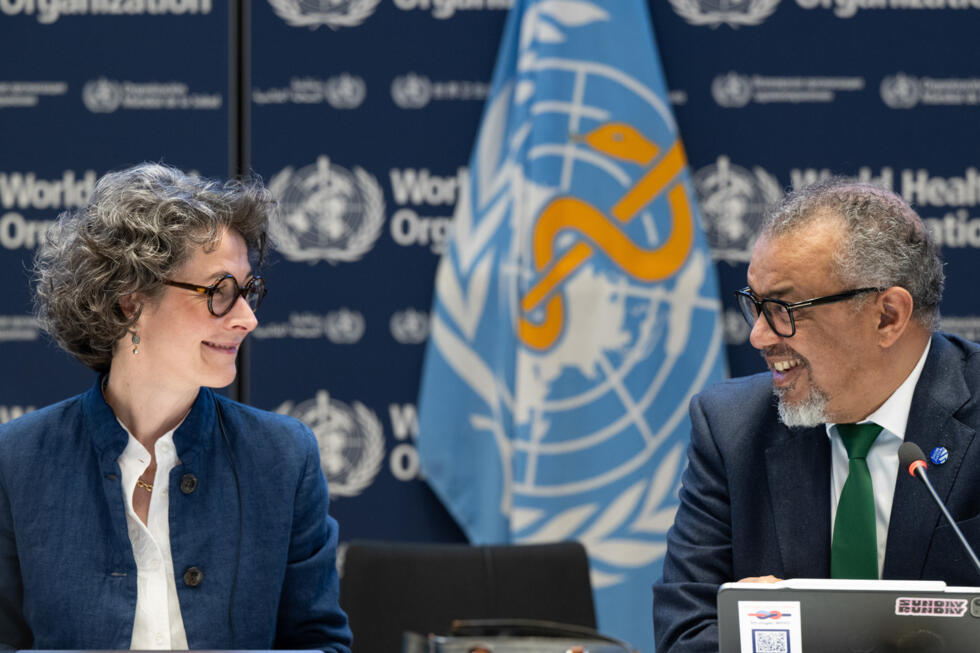Cliff Notes
WHO countries agree on technology transfers in next pandemic
- WHO member states have finalised a historic pandemic agreement focusing on global collaboration and preparedness, with a draft proposal set for consideration at the World Health Assembly in May.
- Key provisions include a compromise on technology transfers to developing nations, requiring mutual agreement, against a backdrop of past accusations of vaccine hoarding by wealthier countries.
- The draft affirms national sovereignty in public health decision-making, clarifying that the WHO cannot impose laws or mandates on member states, and will bind only those countries that choose to ratify it.
Countries agree on technology transfers in next pandemic
Member states of the World Health Organization (WHO) finalised a historic agreement to prepare the world for future pandemics following negotiations that spanned over three years.
The proposal will now be considered before the World Health Assembly — the decision-making forum of the global health body — in May.
WHO Director-General Tedros Adhanom Ghebreyesus said the draft agreement “demonstrated that multilateralism is alive and well, and that in our divided world, nations can still work together to find common ground, and a shared response to shared threats.”
What’s in the draft WHO pandemic agreement?
The Pandemic Agreement maps out measures to thwart pandemics and bolster global collaboration, following the chaos seen during the Coronavirus outbreak.
One contentious point during the negotiations was Article 11, which deals with the transfer of medical technologies to developing nations.
During the COVID-19 pandemic, developing nations accused richer countries of hoarding vaccines and tests. Countries with large pharmaceutical industries have strenuously opposed the idea of mandatory tech transfers.
The agreement on Wednesday included a compromise that any transfer must be “mutually agreed” upon.
The text of the accord also proposes steps such as establishing a pathogen-access and a benefit-sharing system. It also includes a “One Health approach” for pandemic prevention and setting up of a global supply chain and logistics network.
Respecting sovereign rights of states
Affirming the sovereignty of nations to address public health matters within their borders is also one of the key foundations of the proposal.
There had been a barrage of misinformation and disinformation around the treaty, including false claims that the WHO would interfere with the states’ sovereignty giving itself powers to impose lockdowns and vaccine mandates.
The proposal provides that “nothing in the draft agreement shall be interpreted as providing WHO any authority to direct, order, alter or prescribe national laws or policies, or mandate States to take specific actions, such as ban or accept travelers, impose vaccination mandates or therapeutic or diagnostic measures or implement lockdowns,” the global health agency said in a statement.
The agreement would be binding only in nations that choose to ratify it.
“At a time when multilateralism is under threat, WHO member states have joined together to say that we will defeat the next pandemic threat in the only way possible: by working together,” said former New Zealand prime minister Helen Clark, co-chair of the WHO’s Independent Panel for Pandemic Preparedness and Response.
Additional sources
WHO countries agree on technology transfers in next pandemic – DW
Pandemic Agreements Talks Still Stuck On ‘Technology Transfer’ – Health Policy Watch
WHO member states agree to landmark accord on future pandemic responses – France24


